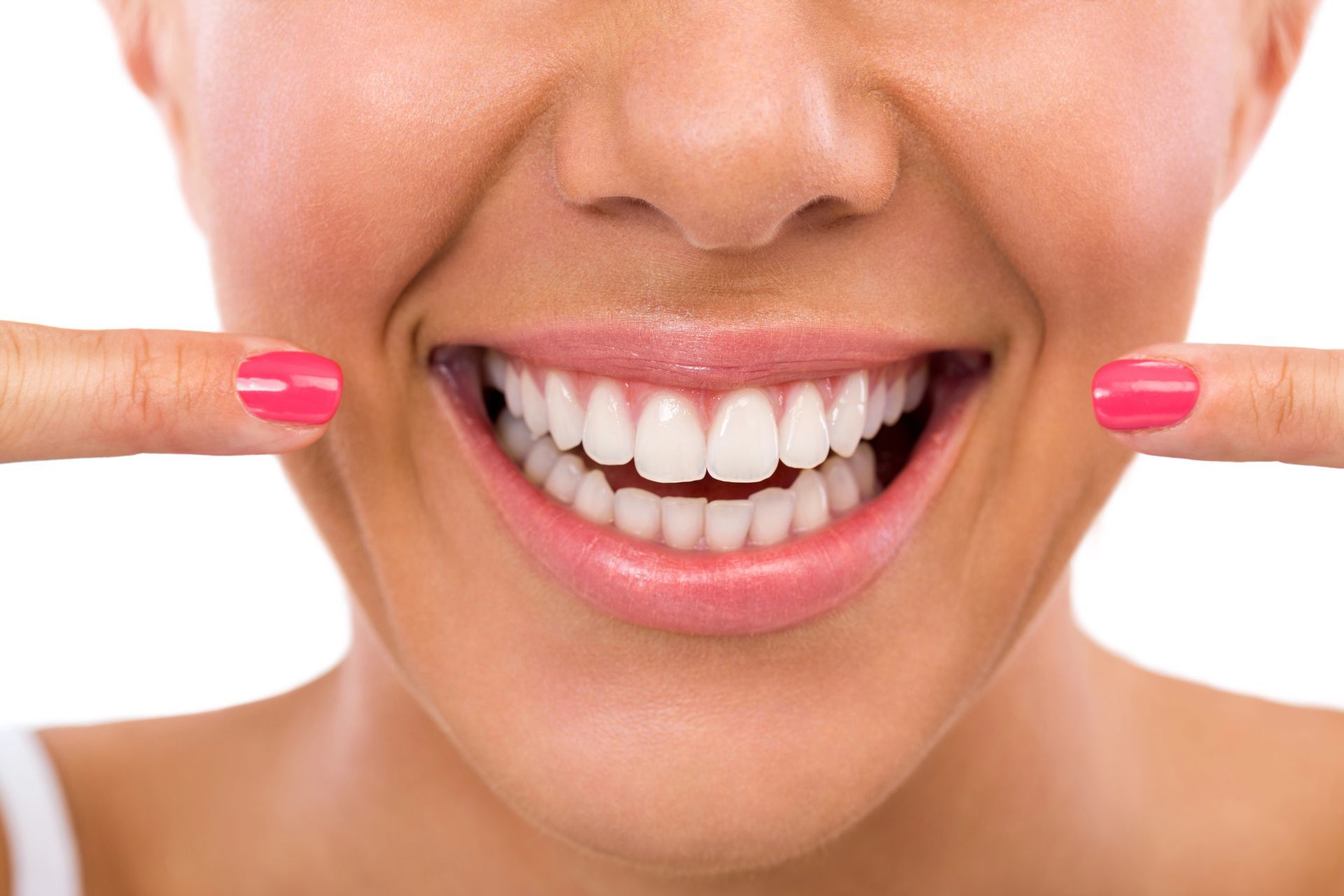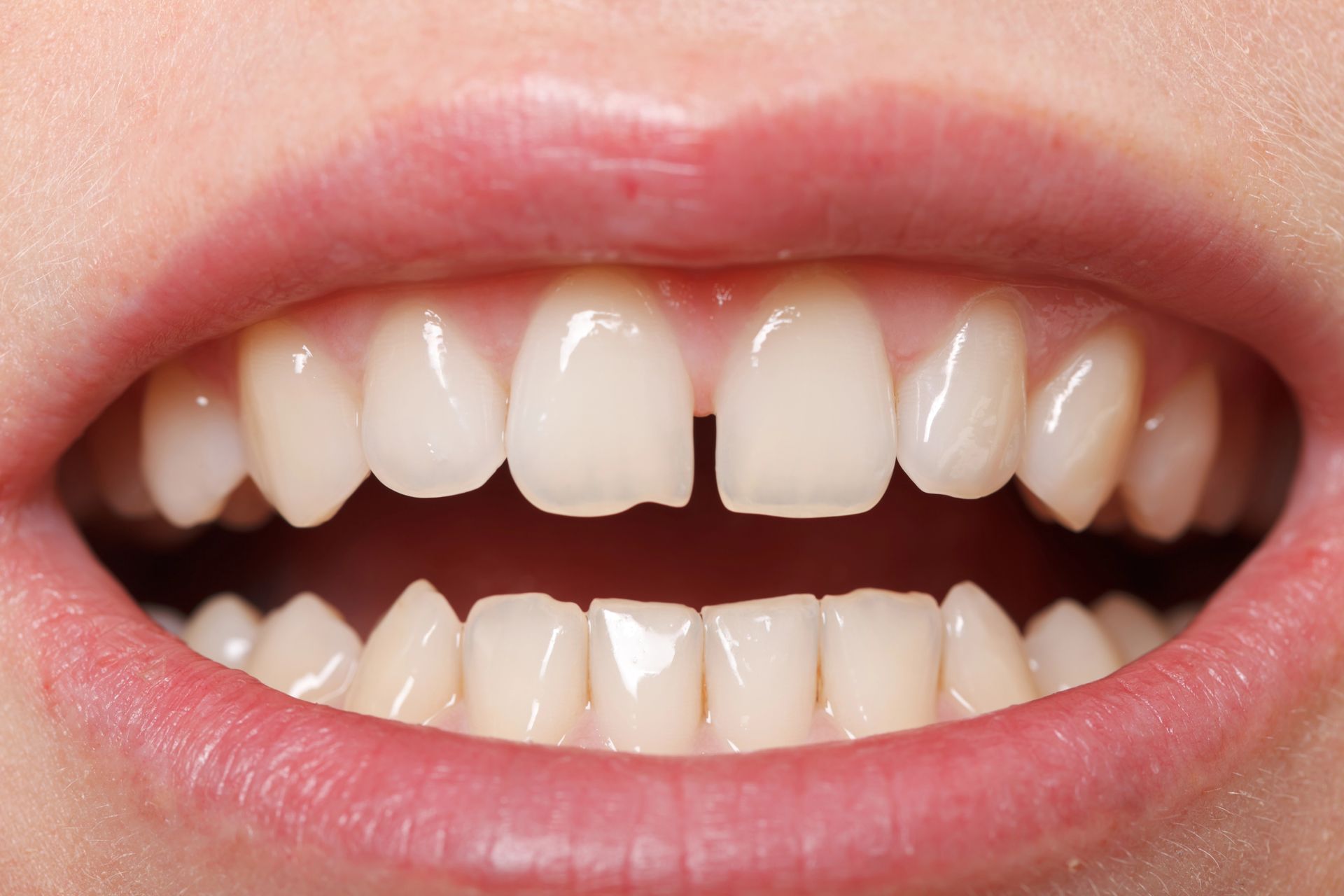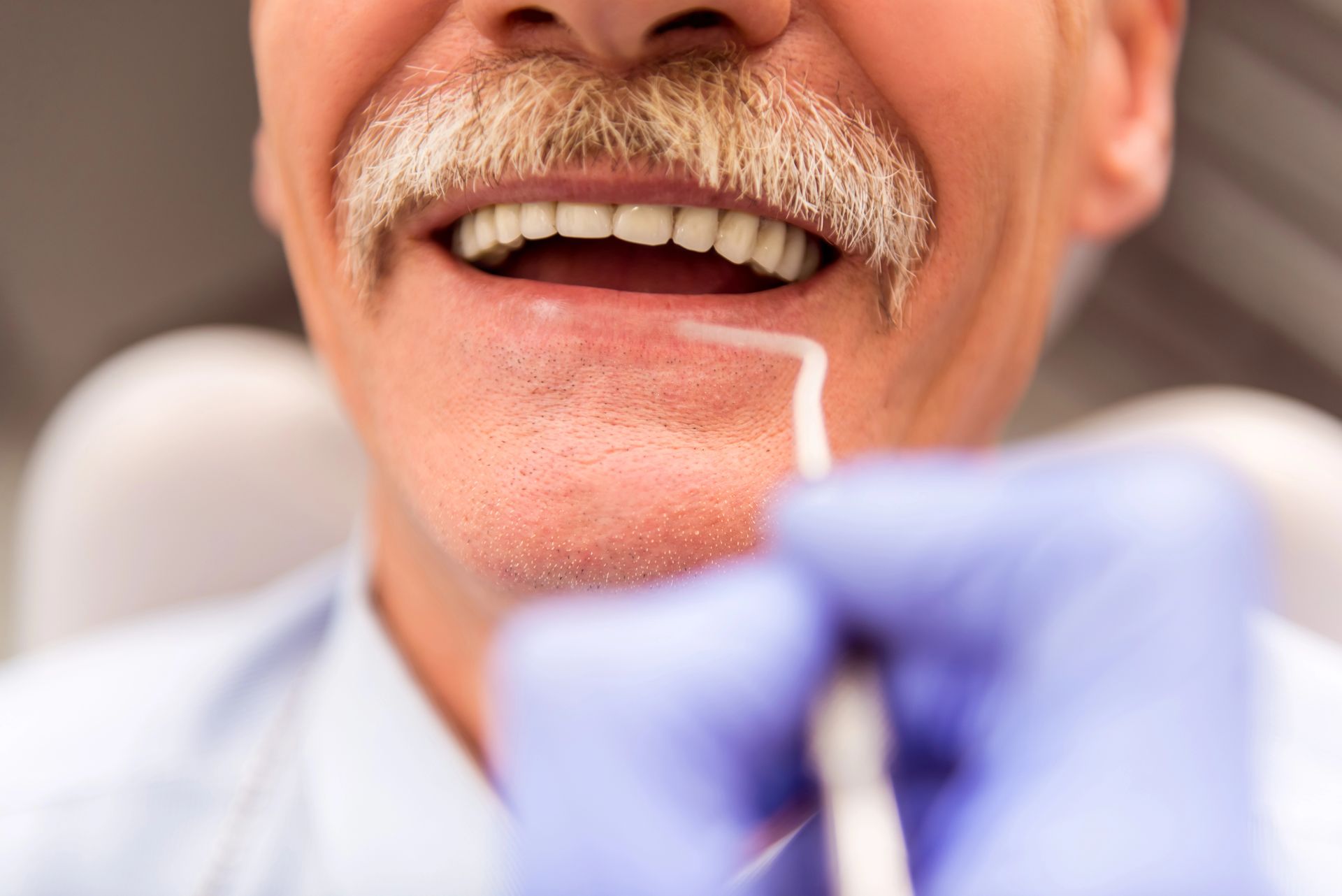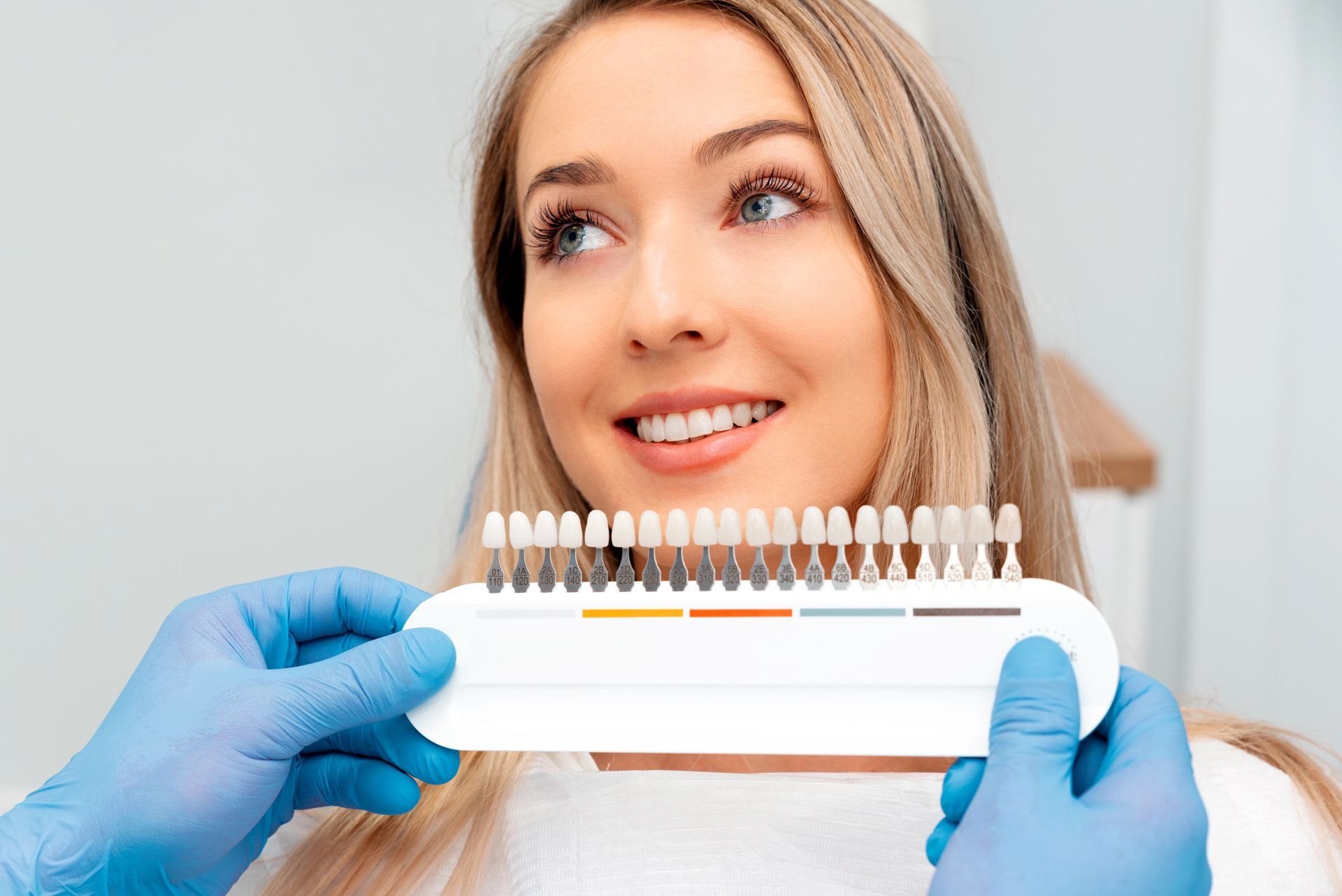
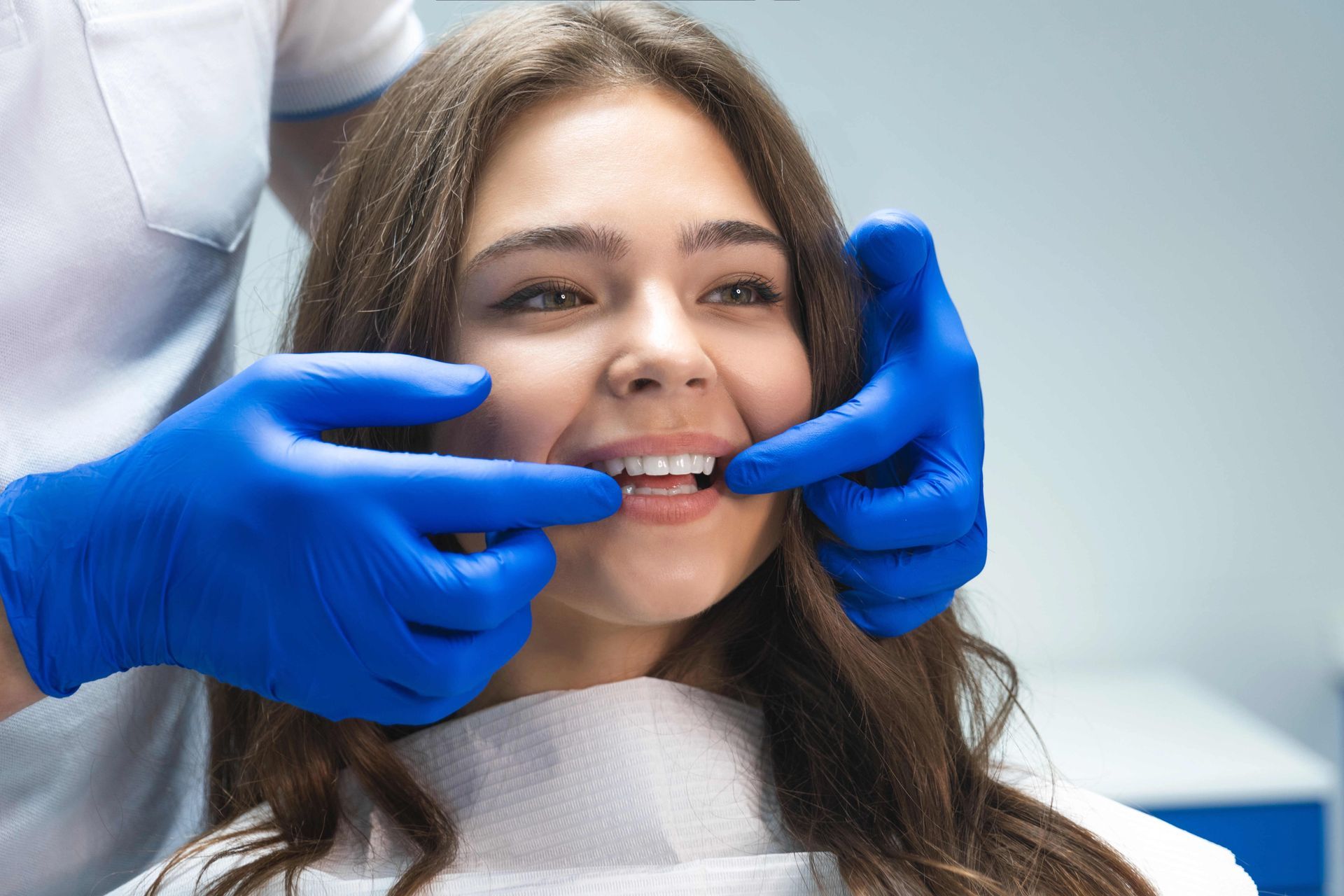
Are you aware of the different types of dental fillings available today? Dental fillings are essential for restoring teeth damaged by decay, with various materials used to suit diverse needs and preferences. Each type offers unique characteristics and is selected based on factors like the location of the cavity and the extent of the repair needed.
Types of Dental Fillings: Amalgam Fillings: Common Uses
Amalgam fillings, often known as silver fillings, are a traditional choice in the realm of dental restorations. Composed of a mixture of metals including silver, mercury, tin, and copper, amalgam has been used for over a century to restore the functionality and integrity of teeth affected by decay and cavities. Its durability and strength make it particularly suitable for fillings in the molars, where the force of chewing is greatest.
Despite the evolution of dental materials over the years, amalgam remains a popular choice among types of dental fillings due to its longevity and cost-effectiveness. It is typically used in situations where the filling needs to withstand significant pressure from the constant stress of chewing, which can wear down other types of fillings more quickly. For more detailed information on this and other filling options, you might want to read about the pros and cons of various tooth fillings.
Composite Fillings: Aesthetic Appeal
Composite fillings, often chosen for their natural appearance, are made from a mixture of plastic and fine glass particles. They are particularly popular because they can be closely matched to the color of existing teeth, making them less noticeable compared to other types of dental fillings. This feature is especially beneficial for fillings in the front teeth or the visible parts of teeth. The aesthetic appeal of composite fillings enhances the overall smile and ensures that the repairs blend seamlessly with the natural dental structure.
While durability and function are critical factors in choosing a dental filling, the visual outcome cannot be overlooked. Composite fillings provide a solution that supports both the health and appearance of teeth. For more detailed information on the types of fillings available, consider visiting Columbia Tooth Filling Specialists.
Gold Fillings: Durability and Strength
When considering the various types of dental fillings, gold fillings stand out due to their durability and strength. Known for their longevity, gold fillings can last for decades without needing replacement, making them a notable option among the different materials used in dental restorations. Their robustness ensures that they withstand the forces of chewing more effectively than some other types of fillings, maintaining their structure over an extended period.
Ceramic Fillings: Natural Appearance
Ceramic fillings are one of the various types of dental fillings that stand out for their aesthetic appeal. These fillings are crafted from porcelain, a material known for its durability and color stability, which helps in maintaining the natural look of teeth. Unlike some other materials that might discolor over time, ceramic fillings blend seamlessly with the tooth structure, making them a popular choice for those who prioritize a natural appearance in their dental treatments. For more information on dental solutions, consider visiting Design Dentistry Columbia, your Columbia Dentist.
Glass Ionomer: Release of Fluoride
Among the various types of dental fillings, glass ionomer fillings are notable for their unique property of releasing fluoride. This characteristic can be particularly interesting when discussing the general composition and benefits of different dental filling materials. Glass ionomer fillings consist of a blend of acrylic acids and fine glass powders that react together to form a bond with the tooth structure. The slow release of fluoride aids in the prevention of further decay by helping to remineralize the tooth's surface in the vicinity of the filling.
Resin Ionomer Fillings: Moderate Use
Resin ionomer fillings represent a specific category within the various types of dental fillings, tailored for moderate use. These fillings are particularly advantageous for areas not subjected to heavy chewing pressure, such as non-biting surfaces and primary teeth in children. Composed of a hybrid of glass filler with acrylic acids and resin, resin ionomer fillings offer good durability and a moderate resistance to fracture. Additionally, they release a small amount of fluoride, which can help in preventing further decay. This type of filling is an excellent choice for patients needing reliable dental restoration with moderate strength requirements.
Temporary Fillings: Short-Term Solutions
Temporary fillings are a crucial component among the various types of dental fillings, designed to serve short-term needs in dental care. Often used in emergency situations or as a part of a larger dental treatment plan, these fillings provide relief and stability until a more permanent solution can be implemented. They are ideal for cases where the tooth needs to settle down before a final filling is placed, such as after a root canal treatment or when deep cleaning and medication are required for an infected tooth. Temporary fillings help prevent further decay and damage by protecting the tooth from exposure to food, pressure, and bacteria, ensuring the tooth's integrity is maintained during the interim period.
Indirect Fillings: Inlays and Onlays
When exploring the different types of dental fillings, it's important to consider indirect fillings, specifically inlays and onlays. Unlike traditional fillings that are molded into place during your dental visit, inlays and onlays are fabricated in a dental lab before being fitted and bonded to the damaged tooth. Inlays are used to fill the space in between the cusps at the center of a tooth's surface, while onlays cover one or more cusps or the entire biting surface of the tooth. These types of dental fillings are known for their durability and are typically made from materials like porcelain, gold, or composite resin, making them a preferred choice for restoring strength and stability to teeth with significant decay or damage.
Silver Diamine Fluoride: Arresting Caries
Silver Diamine Fluoride (SDF) is gaining traction as one of the innovative types of dental fillings, particularly in the realm of pediatric dentistry and for patients seeking minimally invasive options. This compound not only helps in arresting the progression of caries - a common form of tooth decay - but also prevents further demineralization. SDF is a liquid substance that can be directly applied to the affected area, making it a quick and painless treatment option. Its growing popularity underscores its effectiveness, especially in cases where traditional drilling and filling are not feasible.
Conclusion
Exploring the types of dental fillings can help you understand your options. For further inquiries, call us at 803-667-3919 or read our reviews on Google Maps.

